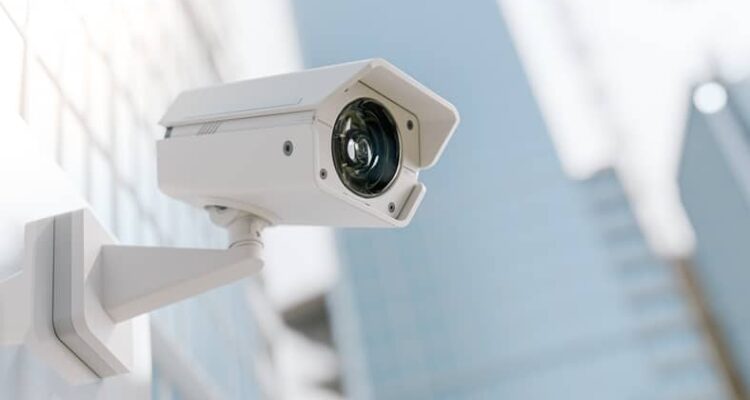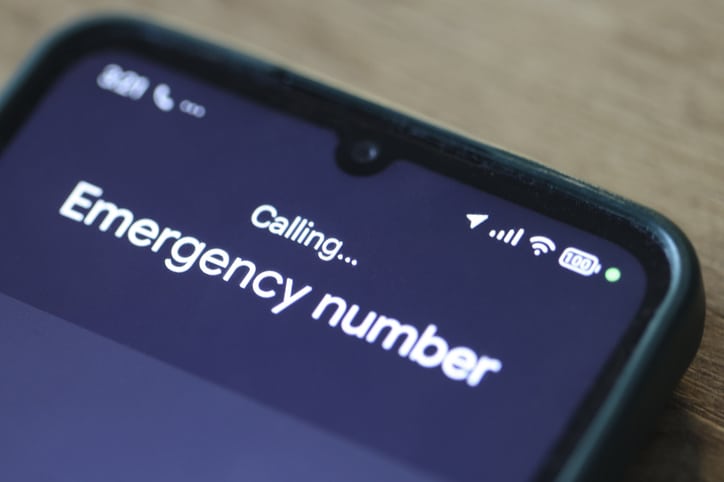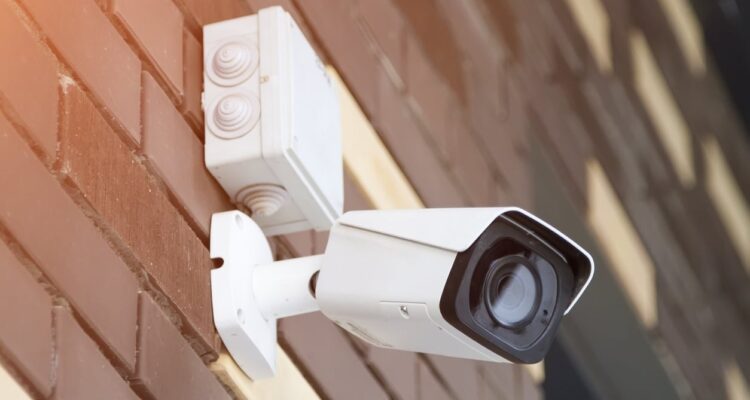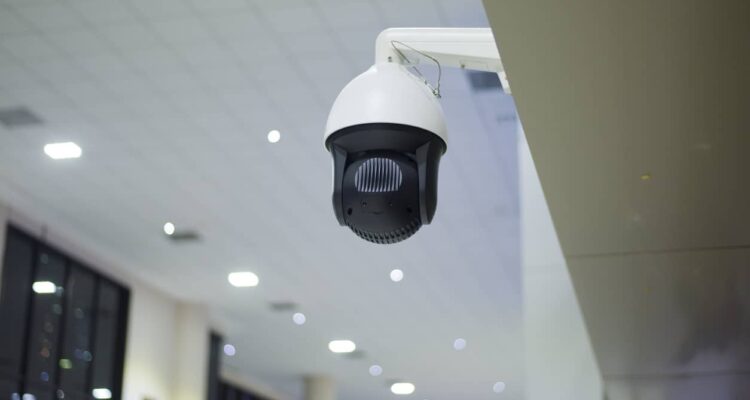We are here to answer the most frequently asked questions (FAQ) about home security systems…

Insights from Alarm Industry Experts: 2025 Trends to Watch
As we advance toward 2025, security system trends for the upcoming year include the further integration of artificial intelligence, zero-trust architecture, improving IoT security, advanced video surveillance using analytics, and increasing needs for regulatory compliance regarding privacy and data security. Here is a summary of the trending developments in these security areas. Interested in better security for 2025? Click for more information on our residential or commercial security services.
Further Integration of Artificial Intelligence
Artificial intelligence (AI) has been a huge part of security advances within threat detection, predictive analytics, and automated responses, enabling proactive risk management. By analyzing historical data, AI forecasts potential risks, such as increased break-ins in your area, and suggests preventive measures.
AI-driven systems use computer vision to analyze video feeds in real-time, employing facial recognition to detect authorized users and deny access to intruders while reducing false alarms by distinguishing threats from benign activity (like pets).
Integrating data from connected devices, AI provides actionable insights for efficient incident responses and informed decision-making—like identifying a fire hazard from a faulty toaster before disaster strikes.
Zero-Trust Architecture
Commercial security system innovations include implementing a zero-trust network architecture, which means that no entity on the network has trust by default. Instead, network access is subject to strict access controls, and authorization is continuously verified. This is extremely important for commercial businesses. The system helps protect them from being the cause of inadvertent data exposure, which is their responsibility to safeguard.
Improving IoT Security
With the continual expansion of Internet of Things (IoT) devices, securing these endpoints has become critical. Systems must have strong authentication measures, and users must regularly update security protocols. Real-time monitoring is a recommended strategy to protect against vulnerabilities introduced by these connected IoT devices that could compromise a network.
Think of the myriad of connected IoT devices. Each device is a potential access point that must be guarded and managed for safety.
For example, It’s OK if your smart refrigerator notices the need for more cream and adds the cream order to the coffee maker’s request for more ground coffee. It is not OK if the transmission of this order for cream and coffee goes over an unencrypted connection that exposes bank card data to hackers scanning the WI-FI signal.
Advanced Video Surveillance Using Analytics
Collecting and analyzing massive amounts of video to uncover security risks is a big trend. Cloud-based video storage and advanced video surveillance analytics, such as video verification for alarm systems, provide enhanced security. The stored video records also provide an audit trail of video footage for incidents to help avoid similar problems in the future.
AI algorithms analyze behavioral patterns, allowing an AI-enabled system to take proactive steps to prevent incidents before they happen.
Suppose a potential intruder climbs the perimeter wall with a hammer in hand to use it to break a window to gain access to the property. In this imagined scenario, the AI-enabled security system can recognize the intent from real-time video surveillance and protect the glass windows by closing metal security shutters before the intruder can reach them to break in. The system can do this while activating a security alarm based on pre-established response protocols, such as letting guard dogs loose to frighten away the intruder.
Smart Security Upgrades
Popular trends for “smart” home security include biometric access control systems and remote monitoring for home security. The AI analysis of the video monitoring can automatically trigger alerts sent to the homeowners’ smartphones and call 9-1-1 for an emergency response to a break-in or a fire. 
Homeowners can access real-time video feeds from anywhere using a secure connection over the Internet to check on things at home whenever they want. Smart locks eliminate the need for keys. You can remotely give authorized access to babysitters, dog walkers, cleaners, or maintenance crews while watching real-time video surveillance of the home. Access can be changed remotely by the homeowners at any time.
Innovations in sensor technology include multi-functionality and full integration with a smart home system. These advanced sensors can detect motion, recognize patterns and heat signatures (such as the difference between an intruder and a pet), detect water leaks, natural gas leaks, smoke, and the sound of broken glass.
Advanced smart devices have built-in hardware security, use encrypted data storage, and have physical switches to turn off cameras and microphones.
Using an intuitive control interface and voice commands, a homeowner can adjust privacy settings to manage how collected data is accessed, stored, and shared. It is easy to modify authorized access permissions, revoke access, and get reports on any incidents of security breaches.
Regulatory Compliance and Data Security
Residential security system trends include increasing regulatory compliance requirements regarding privacy and data security. Security companies must work with qualified compliance officers to ensure the company is always in good standing with current regulations. Staying on top of these regulatory requirements is essential for those aiming to safeguard their assets and data in an increasingly complex security environment.
2025 and Beyond
The future of residential and commercial security systems looks promising, with continual innovations that help business owners and homeowners protect their assets. Get a consultation with U.S. Protective Services for intelligent, responsive, and fully integrated monitoring for your security systems. Contact us for a quote.



